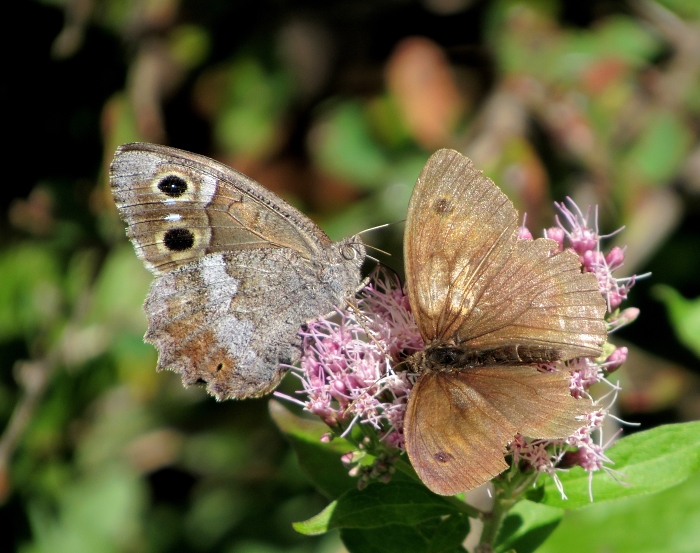
Male, Aragón, Spain, July 2017

Female, Switzerland, October 2016

Female, left, male, right, Switzerland, September 2014

Female, Switzerland, October 2013

Female, Switzerland, September 2012

Male (on left) with meadow brown, Switzerland, September 2017

Mating couple, male on left, Switzerland, September 2012

Male, Switzerland, August 2018

Female, Switzerland, November 2017

Feeding on grape mush, Switzerland, October 2013

Feeding on rotting apples, Switzerland, October 2010 (note the grayling, Hipparchia semele, on the right of the group)

Any fermented beverage will do ... Switzerland, October 2016






